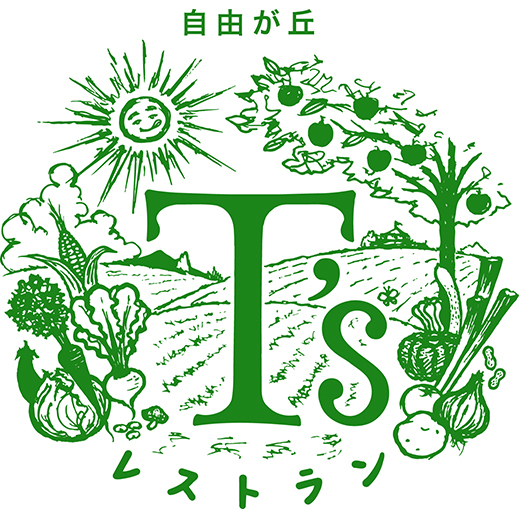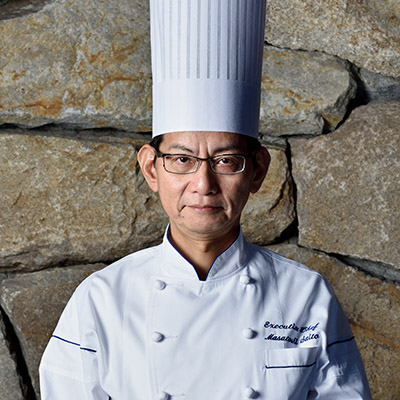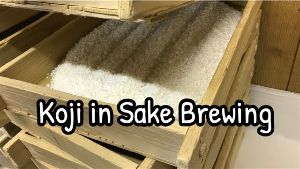September 15, 2025
Introducing Haiku by Everyday People #01
Starting a New Series from This Issue
Matsuo Basho’s name is etched forever into the history of Japanese poetry. His verses, timeless and profound, have transcended centuries to touch the hearts of readers around the world. But haiku is not the preserve of masters alone. It is also a living art form woven into everyday life, where ordinary people capture fleeting moments of nature, the seasons, and human experience within just seventeen syllables.In this new series, we will feature the work of Mr. Hiromichi Yokoyama of Osaka. His haiku spring from a straightforward, unpretentious gaze at daily life—“haiku of the everyday”—reflecting the rhythms of modern Japan just as vividly as Basho’s classics embody its tradition. To read them side by side is to feel how haiku continues to bridge past and present, remaining a vital, living expression today.
Each piece will be shared in full: the original Japanese haiku paired with a photograph, Mr. Yokoyama’s own English translation, and his personal commentary. The photos offer a glimpse into the world behind each poem, making the experience both visual and poetic. What you will see and read here is presented exactly as he has given it to us.
Castle Hike (Haiku) Selection 1
梅雨明けか天守に掛かる雲なくて
Rainy season has passed
No cloud covers the tower of castle
Blue sky

| 梅雨/明け/か | 天守/に/掛かる | 雲/無くて |
| Tsuyu/Ake/Ka | Tennshu/Ni/Kakaru | Kumo/Nakute |
| Rainy Season/Passed | Tower/To Cover | Cloud/None |
Tower: The Main tower of Osaka Castle. The first one was constructed at the end of the 16th century by the Hegemon Toyotomi Hideyoshi, but was destroyed by the next Hegemon (Shogun) Tokugawa Ieyasu in the early 17th century. The next one was reconstructed immediately by Tokugawa Ieyasu, but was destroyed again in the middle of the 19th century due to the civil war in Japan. Today’s tower was constructed in the mid-20th century with donations from Osaka citizens. However, it is made of a steel frame and a concrete wall; only the appearance is of the old style.
Castle Hike (Haiku) Selection 2
一句作れと急き立てるなよアオサギ君
Grey heron
Don’t press me to make a Haiku for you
I know you are worth it

| 一句/作れ/と | 急き立てる/なよ | アオサギ/君 |
| Ikku/Tsukure/To | Sekitateru/Nayo | Aosagi/Kun |
| One Haiku/Create | Press/Not Do | Grey Heron/Mr. |
Grey heron
Don’t pressure me into creating a Haiku for you.
I know you are worth it. - This phrase isn’t in the Japanese original because the nuance is in “Sekitateru nayo” (Don’t pressure).
Grey heron: a seasonal word for summer.
Castle Hike (Haiku) Selection 3
早起きは三文の得夏の森
The early bird catches the worm
The early walker catches the sunshine
Woods in early summer

| 早起き/は | 三文/の/得 | 夏/の/森 |
| Hayaoki/Wa | Sannmonn/No/Toku | Natsu/No/Mori |
| Early Rising/Is | Sanmon/Of/Get | Summer/Of/Woods |
Sanmonn : Monn (文) is the smallest monetary unit of ancient Japan.
San means three. i.e., Ichi=One, Ni=Two, San=Three.
Sanmonn = Three monn
三文の得(Sannmonn no toku) = Three monn’s merit.
In Japan, we have a proverb that means the same as in English.
Early birds—i.e., Early rising brings three monn’s merit.
Message from Hiromichi Yokoyama
Hello!
Thank you very much for taking the time to read my humble haiku. My name is Hiromichi Yokoyama. I was born in 1953 and am now 71 years old. After graduating from school, I worked for 10 years at a Swiss company and 17 years at a British company.
During those days, English was an important tool in my work. After retirement, I continued to enjoy English, especially through reading books on history. At the same time, I had always been interested in haiku, but I had little chance to write during my working years. From this spring, I finally began creating my own haiku. Every day I send photos with short messages to my friends on LINE, and one day I thought: “Why not try sending them in haiku style?” That was the beginning of my haiku journey.
The background of this photo is a four-wheeled portable shrine used in the Danjiri Festival in Kishiwada City, Osaka. I saw it last Sunday during a test run, before the real event next week.
It is my wish to keep writing and enjoying haiku for the rest of my life. At the same time, I would also like to read haiku written by people outside Japan, as this might show me how foreigners see the world and how they express it.
I hope this short message will give me a chance to connect with haiku lovers around the world.
Best wishes,
Hiromichi Yokoyama









